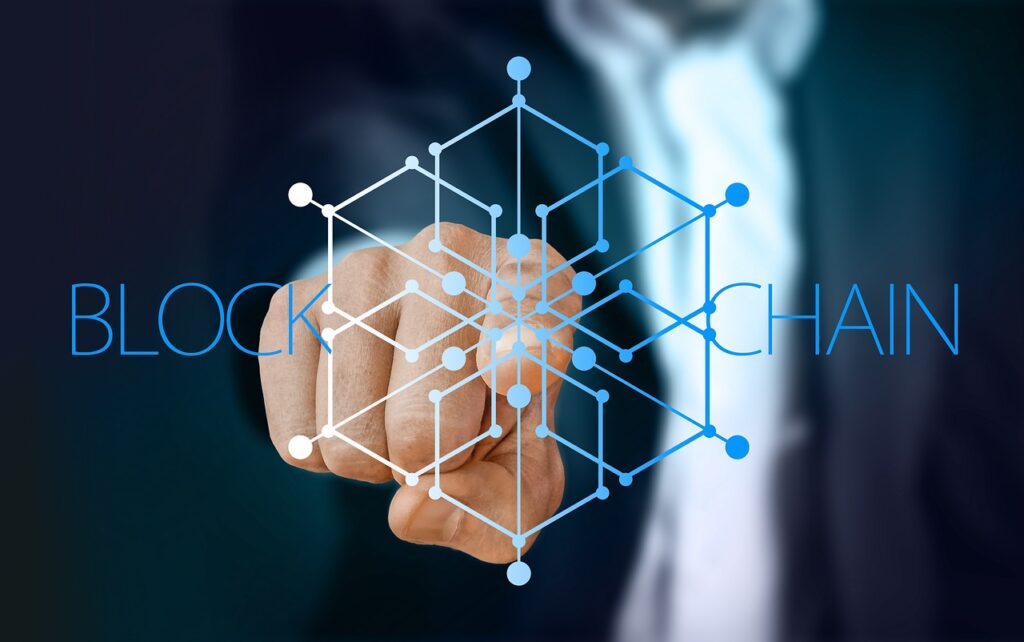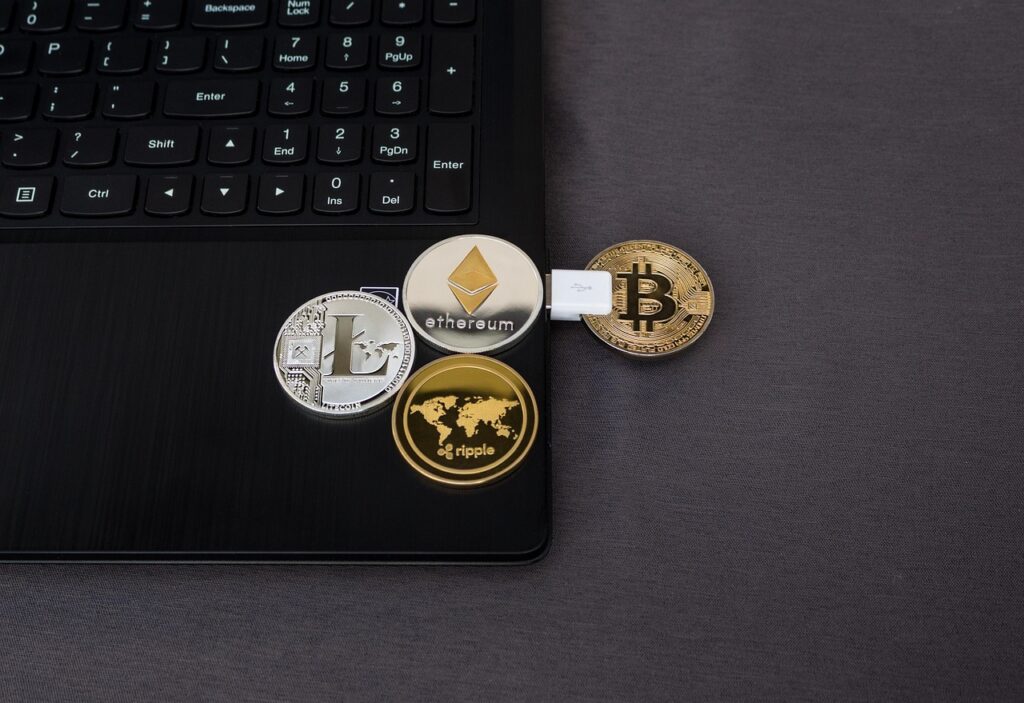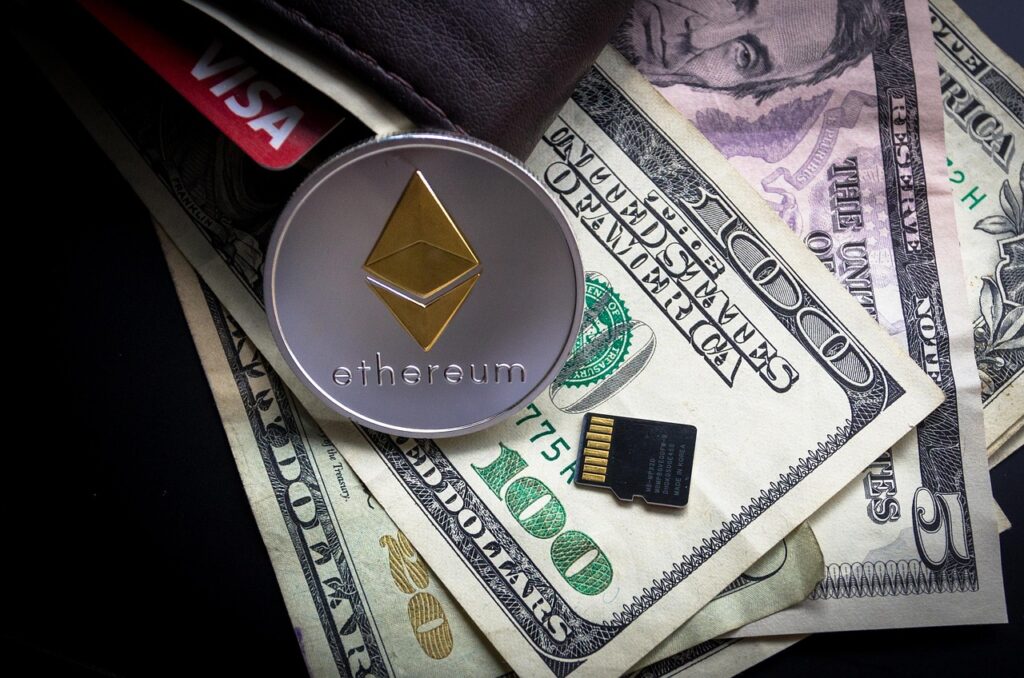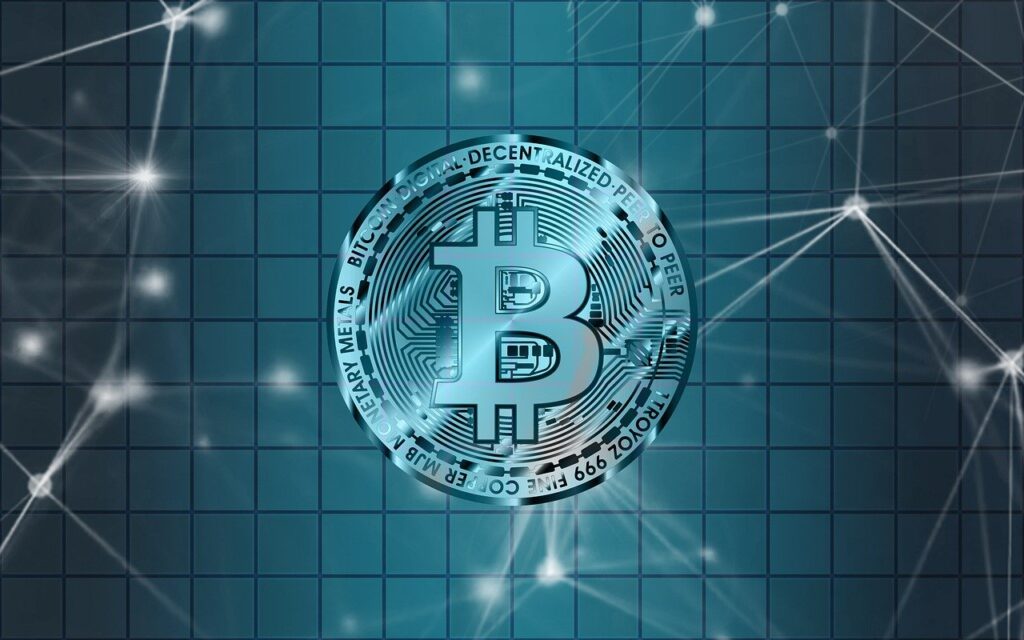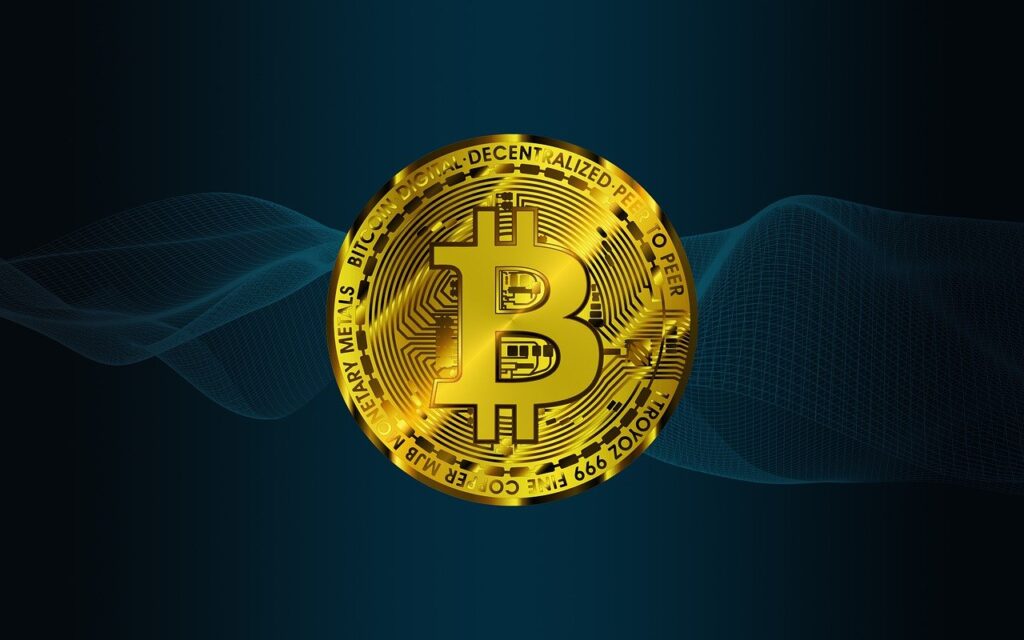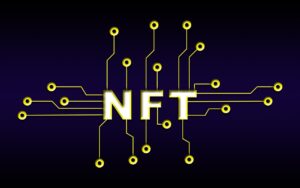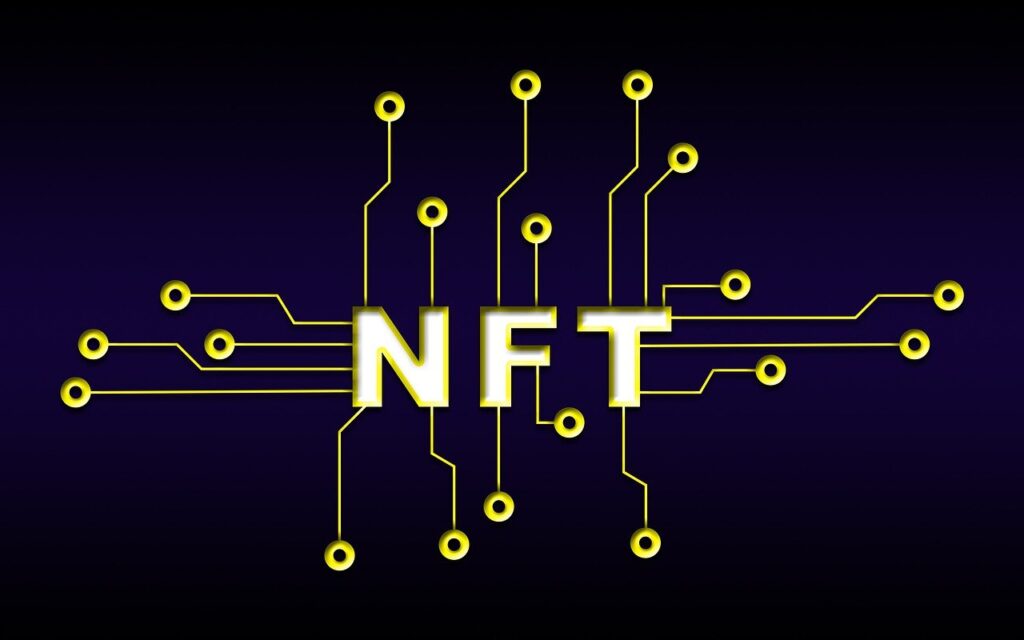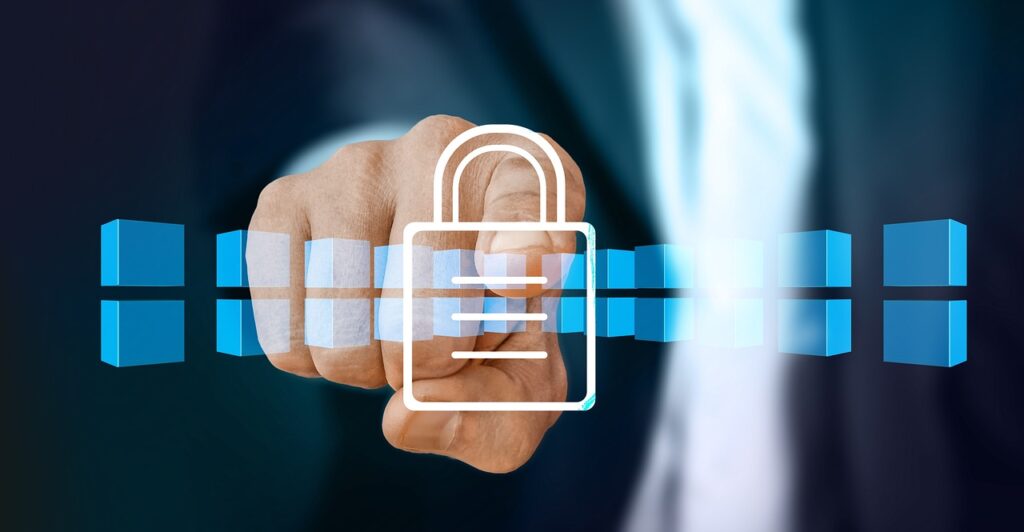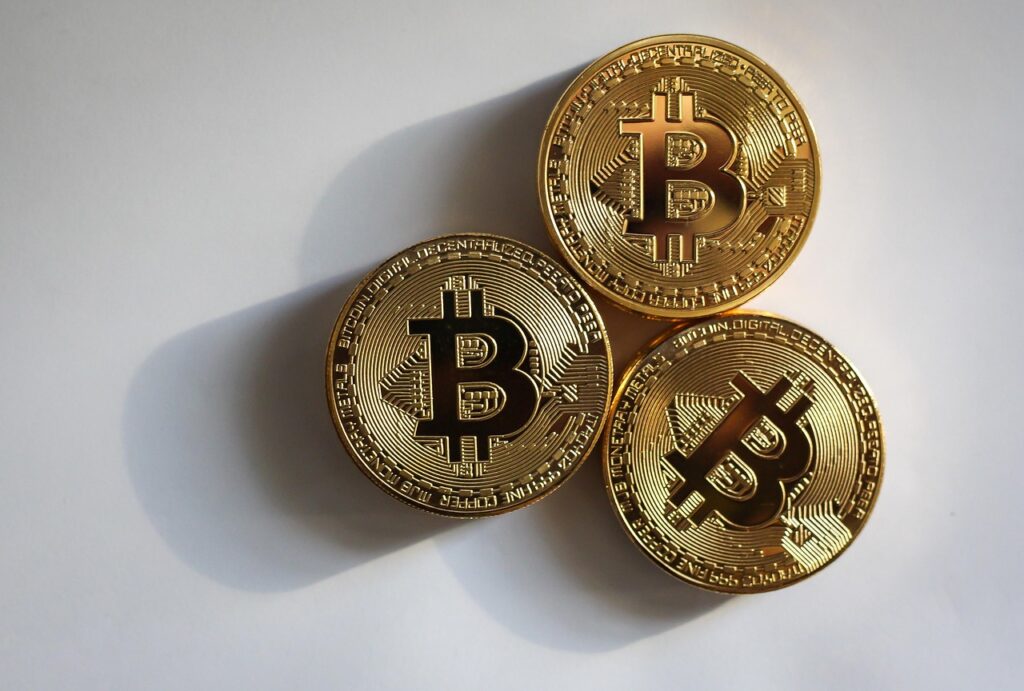In recent years, blockchain has emerged as one of the most disruptive technologies and is changing how we view money, contracts, data sharing, and even identity. The revolutionary process is built on a simple but powerful idea, which is validation.
But what does validation mean in blockchain systems? How does validation occur, what does it mean for the legitimacy of blockchain systems, and how does it guarantee secure access and hard behaviours?
In this blog, we unpack the idea of validation in blockchain systems to provide an easy-to-understand process and discuss how the process of validation supports one of the most secure forms of digital technology ever imagined.
Table of Contents
- 1 Validation: What It Is and Why It Matters
- 2 How Blockchain Validation Works and Why It’s Essential
- 3 The Importance of Validation in Blockchain Technology
- 4 Step-by-Step: How Nodes Perform Transaction Validation in Blockchain
- 5 ØStep-by-Step Transaction Validation:
- 6 Top Blockchain Validation Methods Used Across Networks
- 7 A Real-World Comparison: Validating a Bank Check vs. Blockchain Transactions
- 8 Key Challenges and Drawbacks of Blockchain Validation Processes
- 9 Conclusion: Validation Is the Heartbeat of the Blockchain
Validation: What It Is and Why It Matters
Let’s take a step back before we dive into blockchain specifics and discuss what validation is.
Validating something is to confirm whether it is correct, true, or legitimate. For example:
- A bank verifies your identification before opening an account for you.
- A website verifies your email address before you can sign up.
- A teacher verifies an answer to determine if it’s accurate.
In all these cases, verification is an issue of trust. It’s a process that guarantees that something complies with the expected rules or standards.
How Blockchain Validation Works and Why It’s Essential
In blockchain, when we refer to validation, we are describing the process of determining whether a transaction or block is valid (according to the criteria laid out by the blockchain protocol).
In simple terms, when sending a cryptocurrency or recording some data to a blockchain, the network will need to validate whether:
- Is the transaction valid?
- Does the sender have the authority to make it?
- Do they have enough balance?
- Have I already spent the data or coin?
Only once all these validations are completed does the transaction become valid and confirmed on the blockchain.
So, validation is more than simply a technical process, it is the basis of trust inherent in the decentralized system which neither has one central authority watching over it.
The Importance of Validation in Blockchain Technology
In a traditional system, trust is created through and backed by centralized authorities, such as banks and governments, or big tech companies. Blockchain flips this trust model upside down – anyone can join the network and participate without a central authority.
However, the ability to join the network creates a problem: How can you trust a system without centralized authorities?
This is where validation comes into play. Blockchain networks create decentralized trust through cryptographical rules and consensus mechanisms. All transactions in a blockchain must be validated in a rigorous process (created by software and accepted by many different nodes/computers in the network).
Without validation:
- Double spending could occur (spending the same cryptocurrency two times).
- Fraudulent transactions could be added to the blockchain.
- There would be no trust in the overall system, and it would ultimately collapse.
Step-by-Step: How Nodes Perform Transaction Validation in Blockchain
In a blockchain network, we have some nodes comprising computers that store information regarding the existence of blocks, verify these blocks, and sometimes even produce new blocks of transactions. Typically, the validation process goes as follows:
ØStep-by-Step Transaction Validation:
- Transaction Creation: Being somehow logged in the transaction, for instance, 1 BTC for the third party-to-party transaction.
- Broadcast to the Network: The transaction is broadcasted to the pool of nodes (also known as validators or miners) so they can see it.
- Validation by Nodes: Each node looks to check:
- Is it properly signed by the private key of the sender?
- Does the sender have enough balance in its wallet?
III. Has this crypto been used in any other transaction?
- Valid Transactions Are Grouped into Blocks: If the transaction is legitimate, it is grouped with others into a block.
- Consensus Mechanism Confirms the Block: Nodes now need to agree (reach consensus) through mechanisms like:
- Proof of Work (PoW)
- Proof of Stake (PoS)
III. Delegated Proof of Stake (DPoS)
- Practical Byzantine Fault Tolerance (PBFT)
- Adding the Block to the Blockchain: When a consensus is reached, the block is… forever added to the blockchain.
Top Blockchain Validation Methods Used Across Networks
Each blockchain uses a distinct validation process. Let’s review the most popular validation processes:
- Proof of Work (PoW): The first blockchain to use the PoW validation method is Bitcoin. It requires the nodes (miners) to solve complicated math problems before being able to validate the next block. PoW is energy intensive, but it is secure. The miner who solves the problem first gets to validate the block and earns a reward.
- Proof of Stake (PoS): The PoS model, initially implemented by Ethereum 2.0, allows selected validators to be randomly selected uses the base crypto currency or the amount of cryptocurrency that the validator “stakes” (locks up). PoS models are anonymous and consume much less energy than the PoW.
- Delegated Proof of Stake (DPoS): Another method that uses a PoS validation process is DPoS. In the DPoS model, token holders will use their tokens to vote for one of a small number of validators they trust, and the validator will validate transactions. DPoS models are generally faster than PoW or PoS because they have reduced sets validators that greatly decreases the time it takes to achieve consensus. However, DPoS validation processes have a great amount of reliability on democracy.
- Practical Byzantine Fault Tolerance (PBFT): PBFT is commonly used in private blockchains. This consensus model allows all nodes to conclude quickly, in cases where one or more nodes are not reliable or may act with bad intentions (e.g., malicious). PBFT models are preferable for enterprise or business use cases.
A Real-World Comparison: Validating a Bank Check vs. Blockchain Transactions
To put it into a perspective of how the blockchain validation works, think about it in terms of depositing a check:
- You give the check to your bank.
- The bank verifies that the check is authentic.
- They validate that the account it is drawn from has enough money.
- If everything is correct, they deposit the money into your account.
Now think of this process, but instead of one bank, hundreds of computers (nodes) perform due diligence of the check’s authenticity and only if the overwhelming majority agree that the check is authentic, does it get approved and recorded.
That is validation within the blockchain.
Key Challenges and Drawbacks of Blockchain Validation Processes
Validation Trend Powerful as It Is, Challenges Confront Us:
- Scalability Issues: For each transaction, validation might drastically reduce the speed of a network, more so if it is that of PoW structure.
- Energy Consumption: Being energy-guzzling, PoW consumes huge amounts of electricity.
- Centralization Risks: In certain systems, it is conceivable that a small set of validators rise to dominance.
- Latency: Depending on how congested the network is, consensus may take a fair bit of time.
New ways keep emerging from under the fingertips of developers so the blockchain gets to be fast, green, and scalable.
Conclusion: Validation Is the Heartbeat of the Blockchain
It is the process where transactions and data get verified prior to their recording on the blockchain. Hence, trust is established-not by institutions but by math, consensus, and a clear set of rules.
With the absence of validation, the blockchain would be no different from any other database. But with validation at hand, it stands as trust less, decentralized, and secure, capable of transforming virtually any industry along the way.
A little bit of knowledge about validation gives us a clearer direction to take concerning digital money, decentralized app markets, and beyond-the avenues where trust is no longer just given but proven mathematically.

